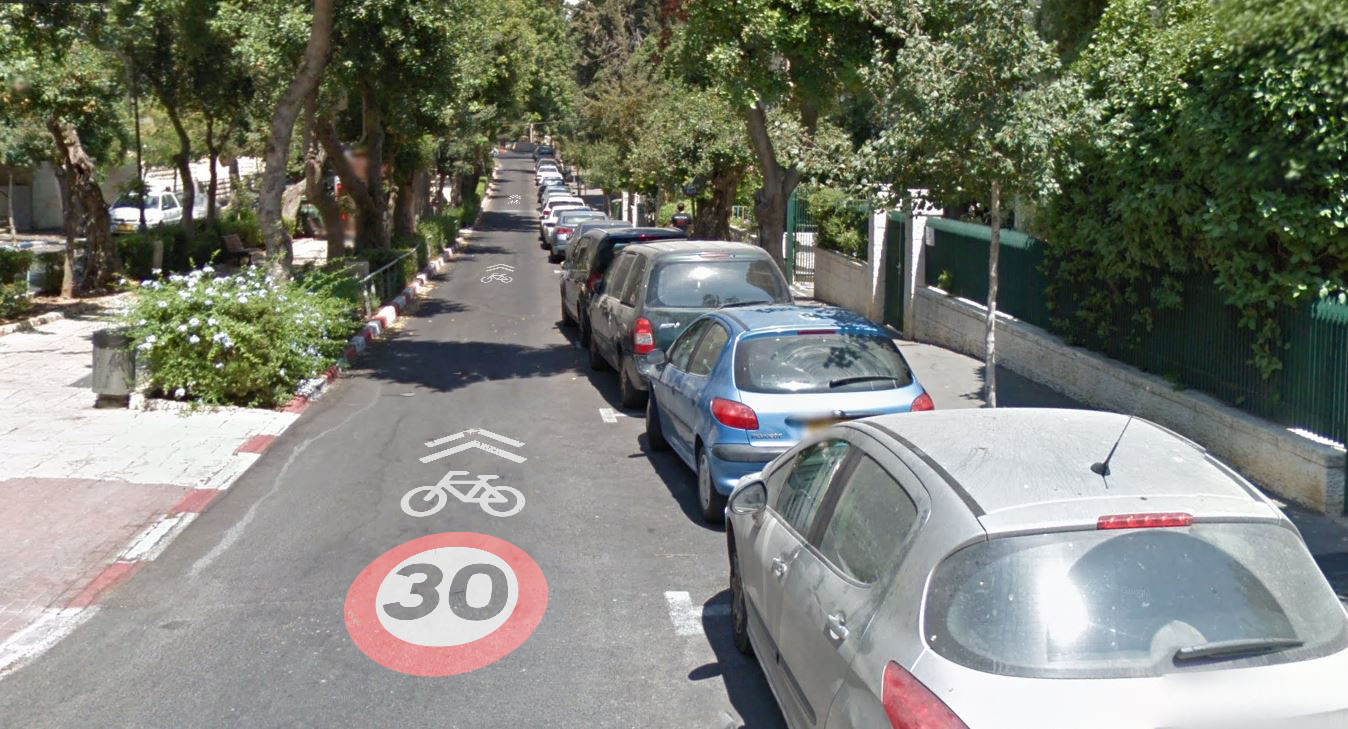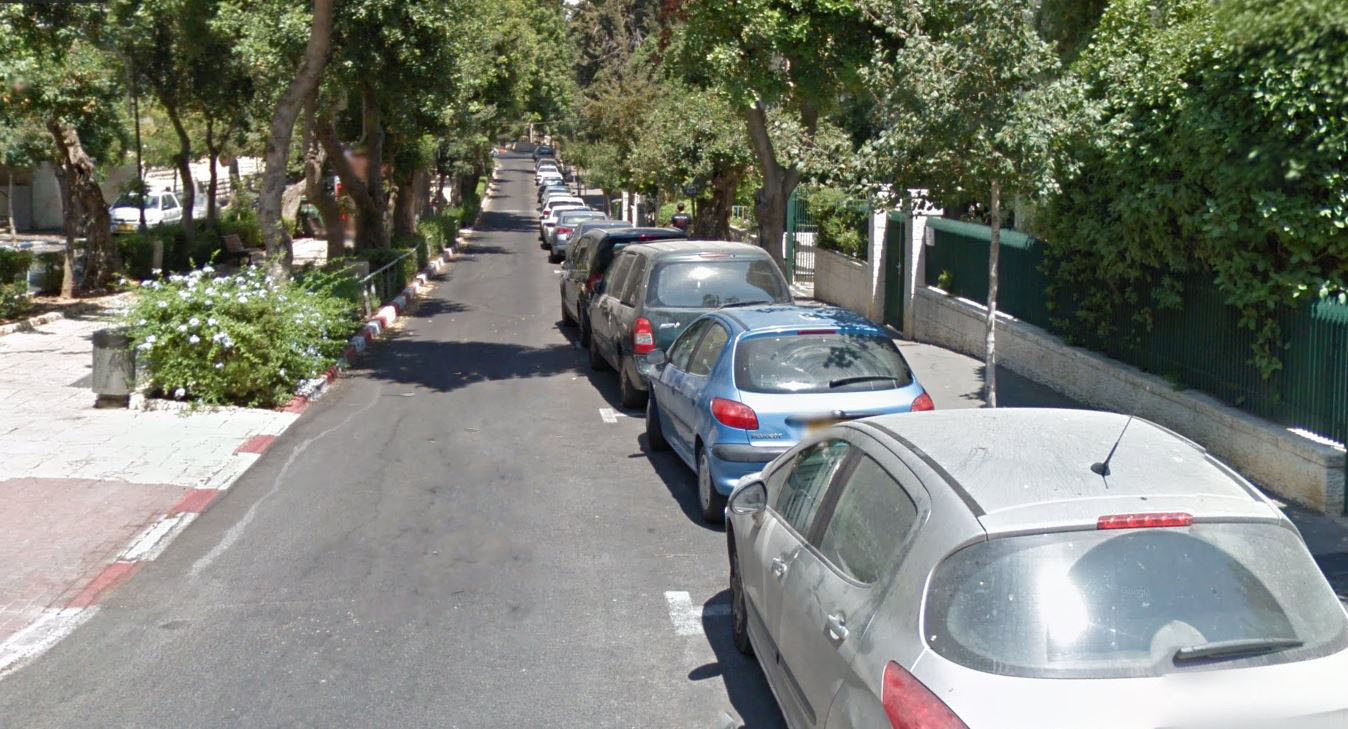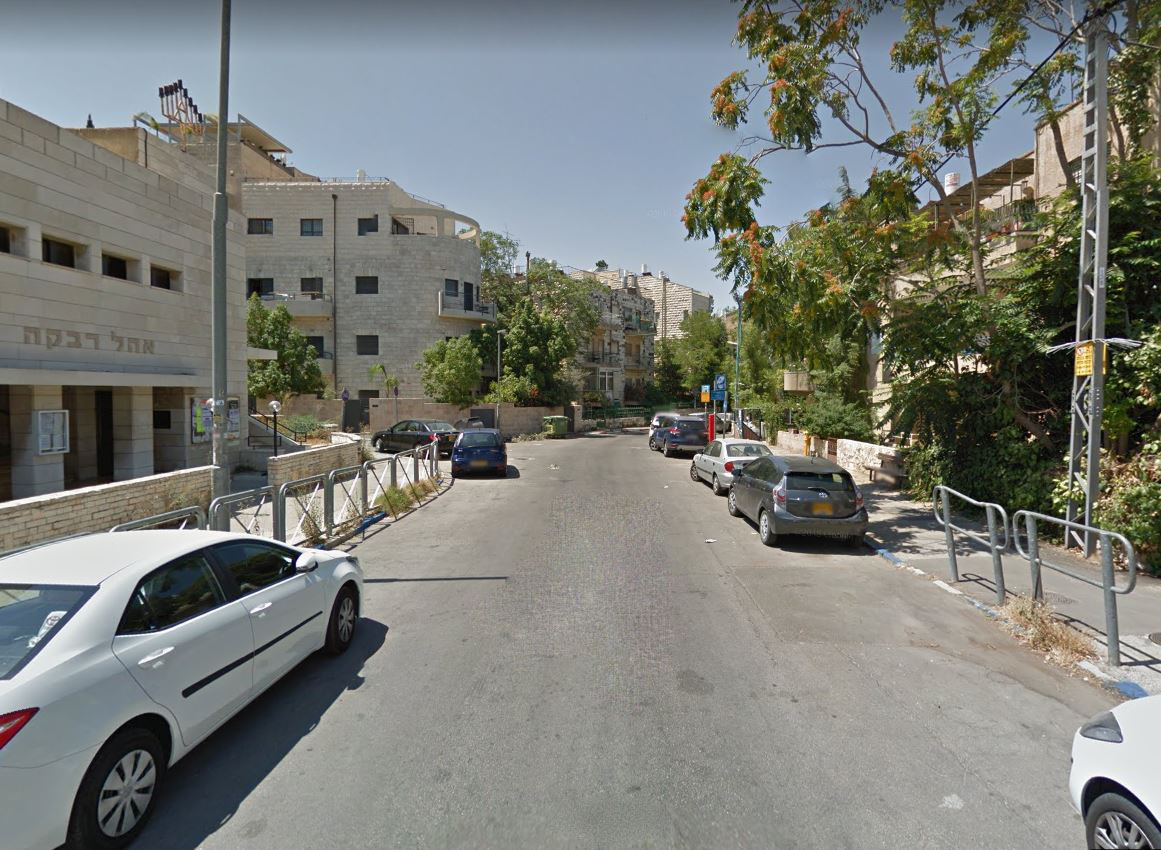Background
Much of the urban traffic infrastructure is actually made of local streets with low volumes and relatively low speeds. There is usually no room for segregated bicycle infrastructure in those streets, and cycling can be incorporated into the general traffic. It is important to understand the local context to see whether the measures are valid. For example, In Israel, a large percentage of bike commuters use an electric bicycle. This fact can result in a different outcome than in other places.
Implementation
To secure cycling safety, usually, three steps can be taken:
Slow down the car traffic to a maximum of 30 km/h - this should also be with signs and enforcement and with physical measures like narrowing the street, speed bumps (less recommended), and other traffic calming measures. The lower speed should increase the safety of pedestrians and cyclist alike (Kim, et al., 2007)
Give cyclists the Legitimacy - this can be done with signs such as “Cyclist may use full lane” and on-road sharrow-like markings in the middle of the road. Important: Use this measure on slow (by measuring actual speeds, not just what signs are saying), low traffic volume streets (throughout the day and on peak times). I have seen places (mainly in the U.S.) where sharrows are implemented on wide, fast lanes. In these cases, a separate bike lane or cycle path should be installed.
Now Proposed 
Contraflow cycling - make it possible for cyclists to ride both ways in one-way streets. This has been proven as a safe measure so far (PRESTO) and by itself functions as a traffic calming measure. This method is currently the default measure for one-way streets in France and Belgium. Again, implement on slow, low traffic volume streets. Special care should be given to junctions using visibly marked cycle lanes or bicycle logos (Vandenbulcke, et al., 2014). Special care should be taken at garage exits and along the street to warn pedestrians.
Now Proposed 

References
Kim, J. K., Kim, S., Ulfarsson, G. F., & Porrello, L. A. (2007). Bicyclist injury severities in bicycle–motor vehicle accidents. Accident Analysis & Prevention, 39(2), 238-251.
CONTRA-FLOW CYCLING, Promoting cycling for everyone as daily transport mode (PRESTO), Accessible at: https://ec.europa.eu/energy/intelligent/projects/sites/iee-projects/files/projects/documents/presto_fact_sheet_contra_flow_cycling_en.pdf
Vandenbulcke, G., Thomas, I., & Panis, L. I. (2014). Predicting cycling accident risk in Brussels: a spatial case–control approach. Accident Analysis & Prevention, 62, 341-357.


